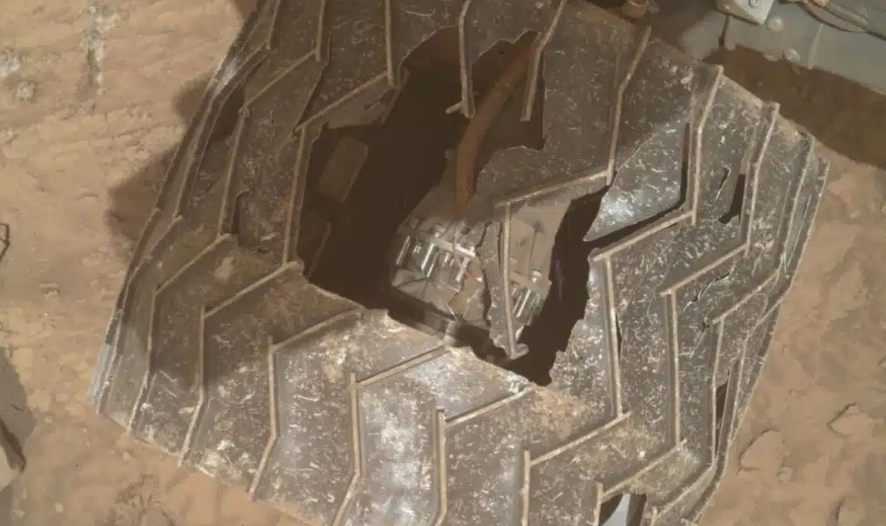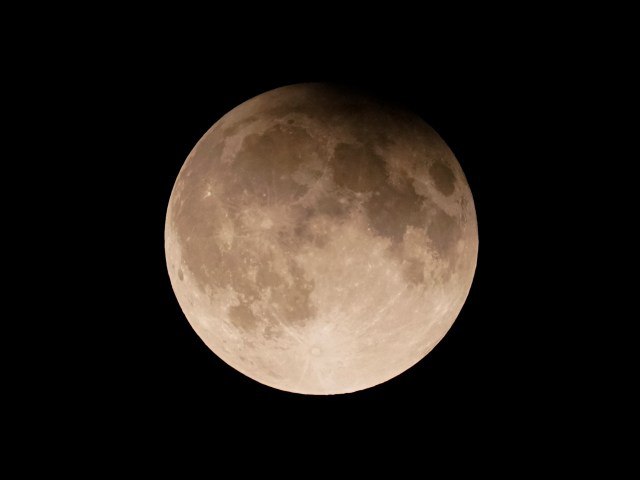The future of space exploration is getting more exciting and interesting every day as space agencies are coming up with future space stations concept to change the way we conduct experiments in low earth orbit. Unlike in the past when we have less sophisticated space stations, we are about to embrace a new golden space age with sophisticated and advanced space stations. But how are companies working towards building future space stations? Can we actually replicate the capability of the International Space Station on these future space stations? How many space stations should we be expecting in orbit in the 2030s? Continue reading to find out.
How We Embrace The Era Of Space Stations
On April 19, 1971, the Soviet Union launched Salyut 1 as the world’s first space station. In response to this milestone attained by the Soviet Union, America launched the skylab on 14 May 1973. The operation of these first space stations enabled the world to embrace the era of space stations. After the MIR space station was launched on 20 February 1986 and assembled in orbit, the world realizes the possibility of assembling and completing the designs of space stations in low earth orbit. On November 20, 1998, 15 nations collaborated and launched the core module of the international space station after years of planning.
After the first crew arrived at the space station on 2nd November 2000, the construction of the ISS continued in orbit. The construction of the international space station lasted until 2011 when the design was completed. China National Space Administration (CNSA) also launched Tianhe, the core module of its Tiangong space station on 29 April 2021. The International Space Station and the Tiangong space station are the only space stations currently operating in low earth orbit. However, space agencies are already working on more advanced future space stations that will advance our research in space starting in the early next decade. But what space stations are we actually talking about here? You are about to find out.
How These Future Space Stations Will Revolutionize Space Exploration In The 2030s
Unlike space stations currently operating in low orbit, commercial space agencies are working on more sophisticated space stations that will be in full operation even before the retirement of the international space station in 2031. With the effort made so far, we should be expecting the following future space stations in low earth orbit by the next decade.
1. Axiom Space Station.
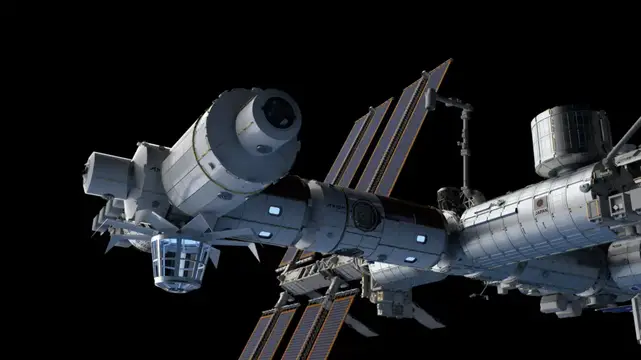
Image Credit: Axiom Space
The axiom Space station is one of the most sophisticated space stations that will open the door to several opportunities in space. Axiom Space Inc, an American aerospace company is a brain behind this futuristic project. The company is looking forward to launching this orbital lab as the world’s first commercial space station in 2024. Axiom has successfully sent its first commercial astronauts to the International Space Station to study and understand the concept of space station operation in space aboard the SpaceX Dragon capsule in 2022.
In 2020, NASA awarded Axiom space a US$140 million contract to develop at least one habitable spacecraft which will be docked at the International Space station. This contract was awarded as part of the broader Next Space Technologies for Exploration Partnerships NextSTEP) cislunar initiative. Axiom space plans to complete the design of this space station to provide a research lab, a crew habitat, a large windowed module for observing the earth, and other interesting stuff.
Axiom station plans to launch its spacecraft modules individually and assemble them in orbit. The individual parts will be attached to the international space station. Upon completion, the ISS should be open to government and commercial astronauts to conduct experiments in orbit.
2. Orbital Reef
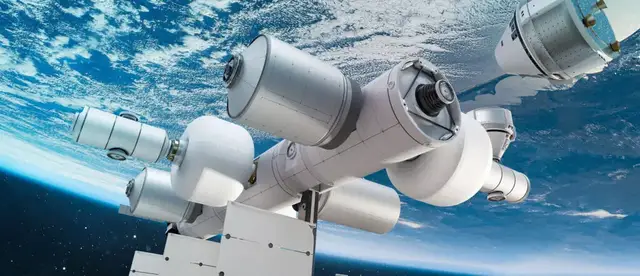
Image Credit: Blue Origin
The orbital reef is a futuristic low earth orbit space station planned by Blue Origin, Sierra Nevada, Boeing Space, and other partners to provide fascinating services for astronauts’ crew in space. These companies collaborated and released preliminary plans for this futuristic orbital lab on 25 October 2021. The primary goal of this project is to design a space station with the capacity to accommodate 10 crew in 830 m3 of volume.
On 2 December 2021, NASA awarded Blue Origin a contract worth $130 million to develop fascinating designs for future space stations. Blue Origin was one of the three companies selected by NASA for the creation of a next-generation space station and other futuristic projects. The American space agency aims to continue an uninterrupted U.S. presence in low-Earth orbit after the retirement of the International Space Station in 2031. Hence, NASA hopes to transit from the ISS to commercial space stations starting in the next decade. With the plans put in place for the construction of the orbital Reef, companies involved in this project are hoping that it will be in full operation by 2027.
3. Northrop Grumman’s Commercial Space Station.
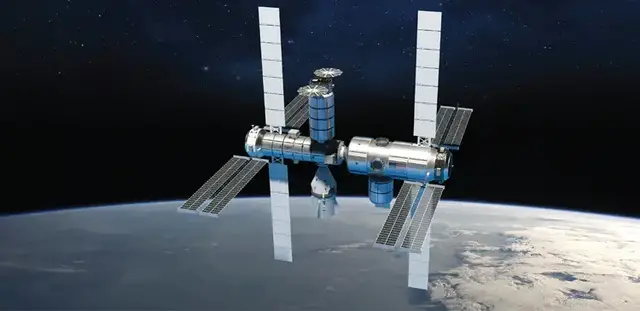
Image Credit: Northrop Grumman Corporation
NASA awarded Northrop Grumman Corporation a $125.6 million contract to build and design a commercial space station using modern flight systems and sophisticated crew-focused technology to meet the future needs of the space economy. Northrop Grumman agreed to deliver a free-flying space station design focusing more on commercial operations and meeting other demands. This future space station will enable a smooth transition from the International Space Station to a more sustainable and futuristic station.
Steve Krein, the vice president of Northrop Grumman reveals that NASA will not handle the entire cost of operation of its future space station, as commercial entities will also patronize its services as well. Upon completion, the space station will have the capacity of supporting an eight-person crew and other capabilities. Northrop Grumman plans to launch this futuristic space station in late 2028 and will commence permanent presence in low earth orbit for 15 years.
4. Voyager Space Station
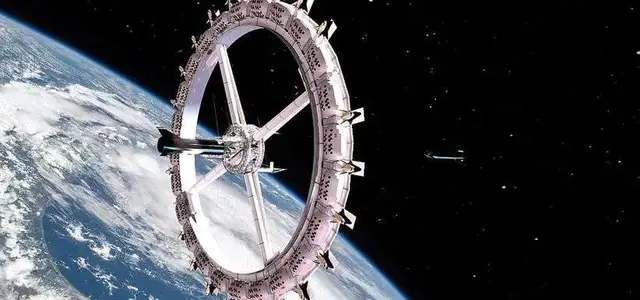
Image Credit: Orbital Assembly Corporation
Voyager space station is one of the most futuristic space station designs on this list. Orbital assembly corporation is the company behind this project. The American company plans to build the voyager space station with the ability to provide crew members with artificial gravity. The space station will be designed with the ability to accommodate up to 400 people including tourists and operators. The company plans to launch the future space station in 2025 and proceed to complete its design in orbit by 2027. This implies that the Voyager space station will be in full operation in the next five years, according to the OAC.
5. Russian Orbital Service Station.
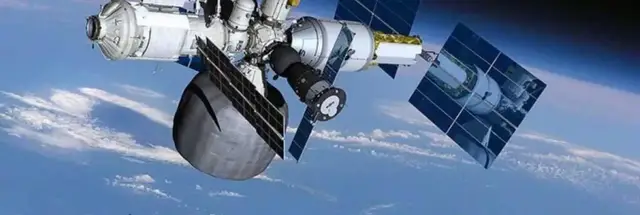
Image Credit: Rosmoscos
The Russian Orbital Service Station (ROSS) is a planned Russian future space station whose construction is scheduled to commence in 2026. As the International Space Station is getting closer to its mission termination, Russia came up with the idea of this space station to continue its operation in low orbit. ROSS will be designed as a new standalone space station which Russia intends to build from scratch without any modules from the Russian Orbital Segment of the International Space Station.
Rosmocos officials announced the plans for ROSS in April 2021. These officials also stated that Russia may likely exit the International Space Station after 2024 because of the aging modules of the space station. Russia plans to send the first crewed missions to ROSS in 2026 to officially commence with the construction of this future space station.
6. Starlab.

Image credit: Nanoracks/Lockheed Martin/Voyager Space
On October 21, 2021, Nanoracks announced its partnership with Lockheed Martin and Voyager Space to build a commercial space station named Starlab. Nanoracks plans to stand as the prime contractor of this project, while Lockheed works as the manufacturer and foresees the technical aspect of the project. Voyager Space will take care of investment and strategic planning to ensure the success of the project. These companies plan to build Starlab with a docking node and inflatable module fixed to one side of the space station.
It will also have a spacecraft bus, power, and propulsion attached to one end of the lab. Starlab will be built with a volume of 340 cubic meters and be able to generate up to 60 kilowatts of power. It will be attached with a robotic arm and a capacity to accommodate up to four astronauts per goal. Nanoracks plans to commence with full operation of this sophisticated space station starting in 2027.
Conclusion
As we are approaching a new era of space stations, we should be expecting different companies and countries to come up with new concepts of space stations that will revolutionize the way we explore the vastness of space starting from our low earth orbit. Which of these future space stations listed above do you wish to see in orbit any time soon?

